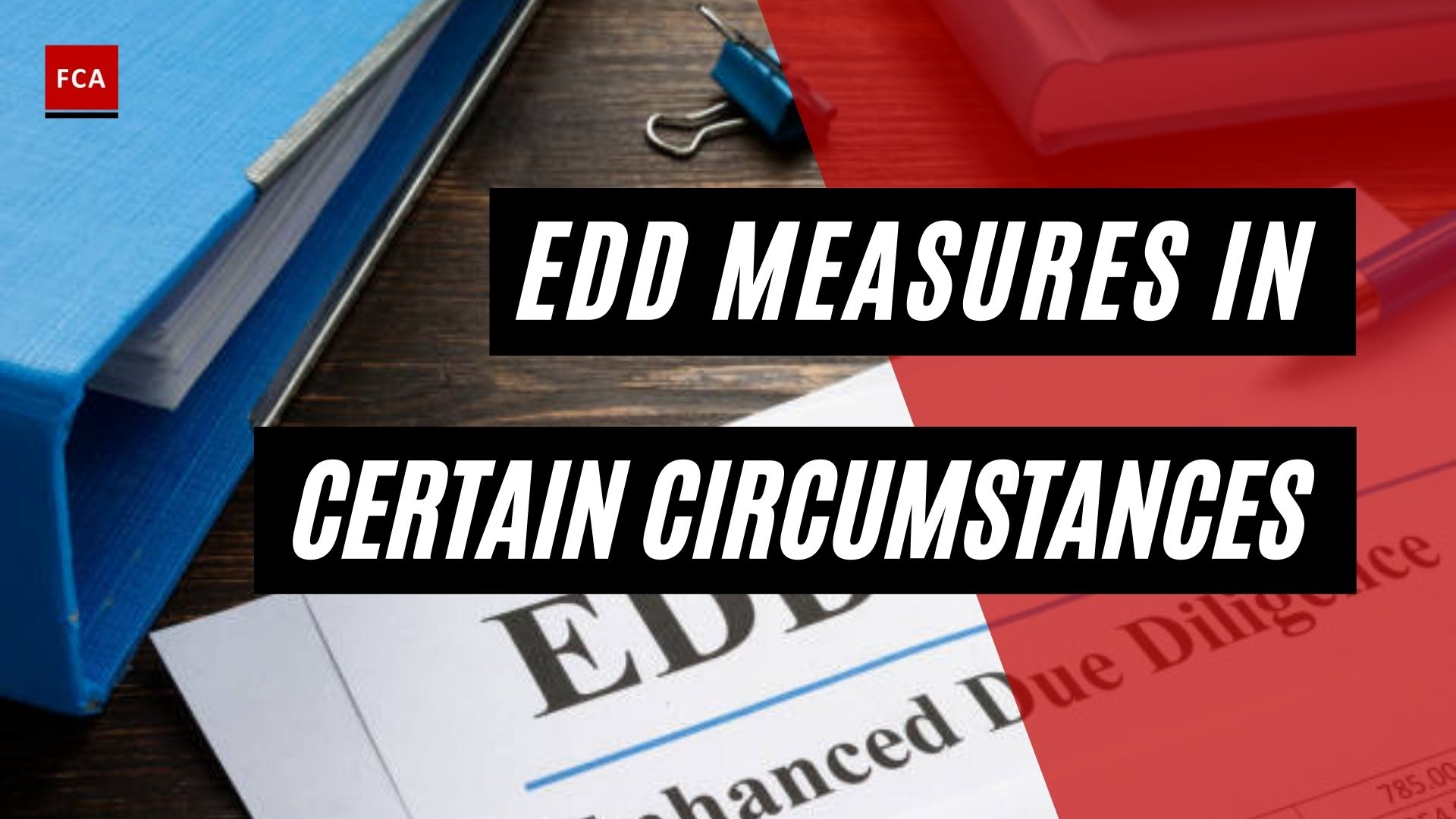This article elaborates on ‘Comprehensive Case Study On Calculating Beneficial Ownership’.
A company ABC Limited is a newly formed subsidiary of the XYZ group of companies. ABC Limited is registered in the United States and is formed to do the business of buying, and selling clothes, to retailers across the United States. The CEO of the ABC Limited is Mr. X. The Board members of ABC Limited comprise members from the XYZ group.
The XYZ group consists of five different companies, which are doing business in different sectors including, IT, Clothing, Consultancy, E-Commerce, and Investments.
Mr. B is the major shareholder of the XYZ parent company and owns more than 25% shares in each of the group companies. Therefore, Mr. B is having control over the group companies because he directly owns, more than 25% of the shares or voting rights in the XYZ group companies.
Mr. X, the CEO of ABC company, approaches the local bank, to open the corporate account.

Information asked for identification
The account opening officer, of the bank, as part of other due diligence measures, asks for the following information, to identify and verify the ultimate beneficial ownership of ABC Limited:
- full name, including any former names;
- country of residence;
- (date of birth;
- nationality;
- occupation;
- the date on which that person became a beneficial owner; and
- the grounds on which that person is considered to be a beneficial owner;
Mr. A and B provide the above information, to the bank and also share the consolidated financial statement of the XYZ group.

Verification process after the information is given
The account opening officer scrutinizes the information about the beneficial owner, through different means, including checking the financial statements for group control structure and shareholdings, contacting the beneficial owner directly in writing, and counter checking the information available, such as media checks, information held with the registrar about the companies registered with the Securities and Exchange Commission, and so on.
Beneficial ownership percentage shall be calculated, by dividing the number of ordinary shares, and shares equivalents which are held by Mr. X in the ABC limited, as beneficial owner; with the total number of ordinary shares outstanding.
Beneficial owner, concerning a company or LLP, may also mean:
After identification, and verification of the ultimate beneficial owner, that is Mr. B, the account of ABC Limited is opened, as a corporate account. The bank records the beneficial owner in its record.
Final Thoughts
This article elaborates on ‘Comprehensive Case Study on Calculating Beneficial Ownership’ for better understanding of requirements for verification processes that contributes to CDD and KYC program.








